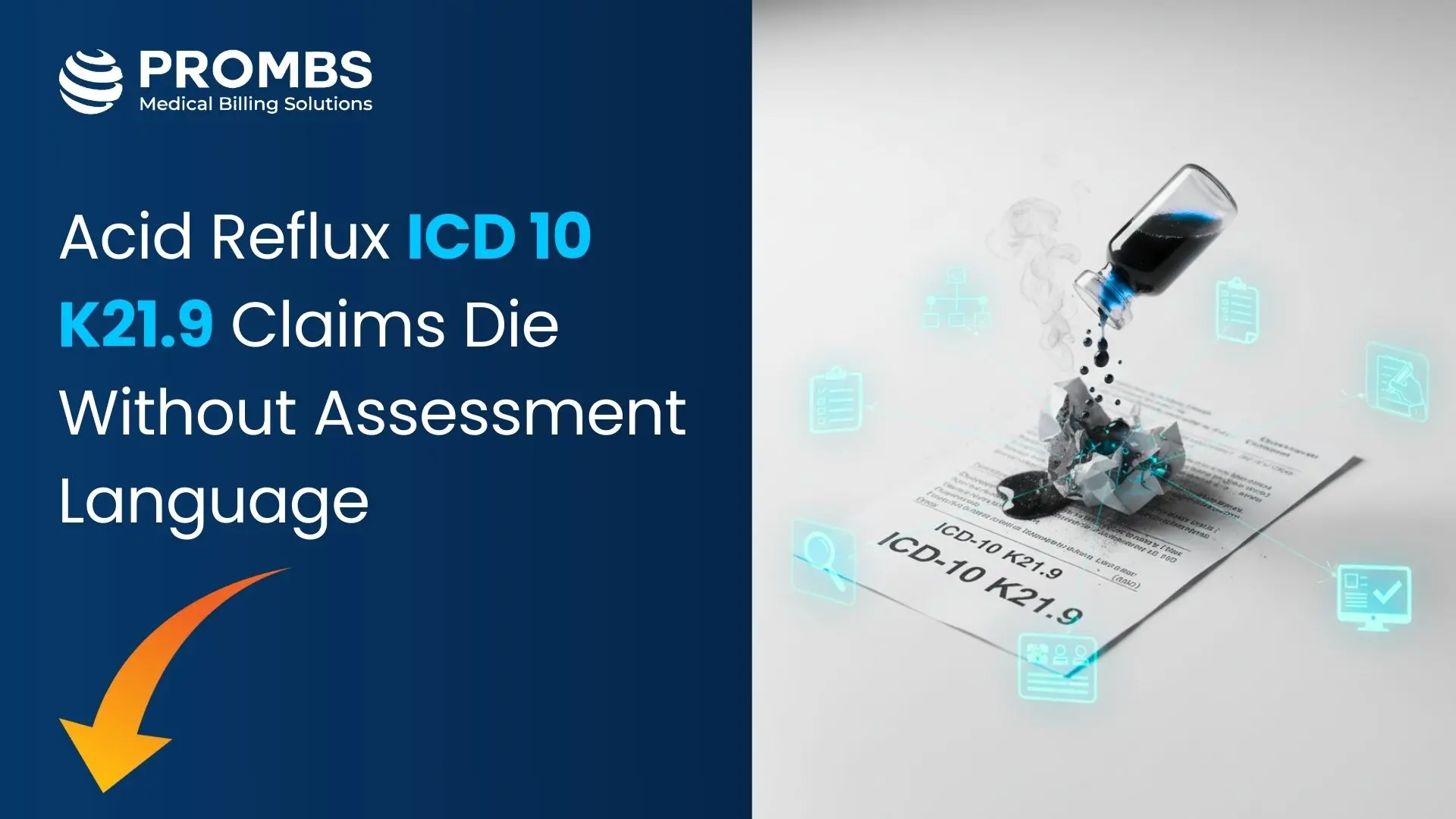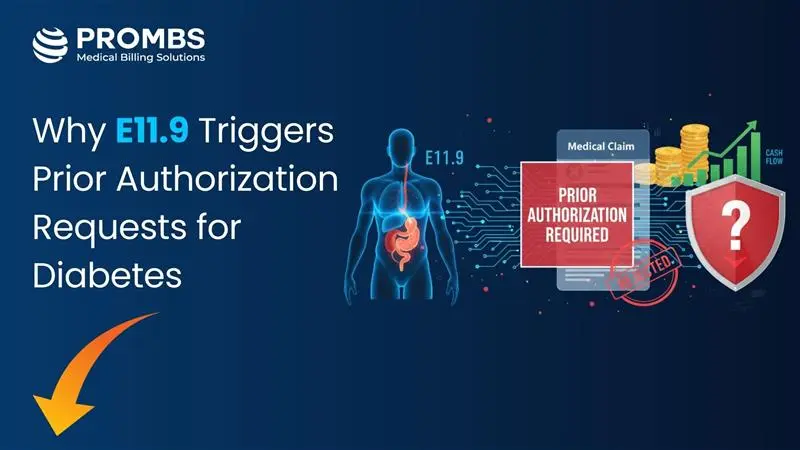Introduction
Are you excited to start your career as an authorized and independent healthcare provider? Being a healthcare provider is one of the few best professions that opens numerous avenues of financial stability. But before that, one is required to get yourself insurance paneled which is a great way to broaden your services’ spectrum to underserved segments of the society. Insurance panel credentialing not only expands your services but also makes your services easier for more people to access. Being paneled with the best health insurance companies builds your authority and the public trust in your healthcare facility.
Do you have any idea of the process involved in medical insurance paneling? Don’t worry, we are here to help you at every step of the way in this blog.
It is important to note that different health insurance companies have different credentialing panel requirements. Before submitting your necessary paperwork, make sure to meet the requirements of the specific insurance company you would like to partner with.
We simplify this process as much as possible to help you grow your practice.
Overview: Insurance Paneling in Healthcare
Insurance panels include the lists of healthcare providers with whom insurance companies have made contracts to provide healthcare services to the members of the insurance company at a fixed pre-negotiated price. When a healthcare provider such as a counselor or therapist joins an insurance panel, he becomes a member of an in-network provider, agreeing to accept the rates negotiated with the insurance companies. This partnership turns out to be a win-win situation, expanding clients’ circle for healthcare providers and facilitating patients as most of the time patients face lower out-of-pocket costs for in-network services. The prices of in-network providers are far more reasonable as compared to out-of-network ones.
What is the difference between in-network providers and out-of-network providers?
There are a few important differences between the two in terms of cost, expenses, and contract with the insurance company. Here we explain those differences that make a great difference in patients.
In-Network Providers
In-network providers have a pre-negotiated pricing agreement with the insurance company. They can’t charge a fee higher than what was decided. According to this contract, patients’ deductibles and copays are generally lower. Additionally, it is much easier to visit in-network providers as it does not involve paperwork as healthcare providers directly bill your insurance company.
Out-of-Network Providers
While on the other hand, out-of-network providers have no contract with any insurance companies. They are independent to charge for the healthcare services according to their own choice without any external intervention. The patient needs to pay a larger portion or the full cost of the bill. Providers directly send balance bills to the patient. It involves paperwork as you are required to manually submit your claims to get reimbursement from your insurance companies.
The unifying point between the two is that even out-of-network providers can offer services to insured patients but the difference is that patients directly pay the healthcare provider and then seek reimbursement from their insurance company. And providers don’t receive direct payment from the insurer and the fee that they charge is at the out-of-network rate. Healthcare providers need to understand these dynamics as they are crucial for healthcare professionals looking to expand their patient’s reach.
Here, we explain a step-by-step process of how to get paneled with the insurance companies.
Prepare Your Documents
The first step is to get things organized that will avoid rejections and delays in getting your application approved. Start to gather the right information and documentation before applying for insurance paneling.
Which may include your:
- Practice address
- NPI number
- Licensure information
- Resume
- Taxonomy code
- Proof of malpractice insurance
- Proof of liability insurance from your landlord (if you rent)
- Credentialing paperwork or advanced training (if you have any)
Fill Out Your CAQH Application
Lots of healthcare facilities rely on the Council for Affordable Quality Healthcare (CAQH) for their credentialing needs, so it is essential to get things prepared before starting the process. Ensure there is no flaw in your resume, everything is ordered according to the required criteria.
Once you submit your applications, keep track of your information as you are required to re-attest your application two to four times a year. Promptly respond to any requests for updates, in case you fail to do so, it could result in insurance companies refusing to pay your claims. Act proactively in this process and that will make a huge difference in your career.
Which Insurance Companies Approach?
Once you have organized all the required documents, it is time to explore insurance companies. Keep in mind that each insurance company has its own specific set of unique rules regarding payment rates and some companies require years of experience before signing agreements for insurance paneling.
Here we share with you the most important factors to take into consideration as you begin your search.
Network Size
Make sure to choose the insurance company that has extensive coverage networks in your area, such as Humana Insurance, Aetna health insurance, United Healthcare Insurance, Ambetter Insurance, and Blue Cross Blue Shield insurance to increase your access to potential patients.
Reimbursement Rates
Compare the reimbursement rates across different insurers for your typical procedures. Select the one offering higher reimbursements. The higher the rates, the better revenue for your per-patient visit. So, obtain fee plans that will help you make informed and right decisions.
Experience Requirements
Consider the option for experience some insurance companies require 1-2 years of practice experience. You can broaden your options by looking for insurers having less strict experience criteria.
Insurance Panel Credentialing Timeline
Generally, the insurance paneling process takes three to six months. Opt for an insurance company that offers quicker credentialing to start serving patients sooner. The insurers include Humana and Cigna as their credentialing services are more efficient and faster and will help you immediately start your practice.
Payment Reliability
This is an admitted fact that healthcare financial stability is the driving force behind your practice. Consult colleagues and research online reviews to ensure insurance companies pay claims promptly. With timely payments, you can maintain your steady cash flow.
Plan Types
Identify which plans in your area are dominant such as HMOs, and PPOs, and prioritize those insurers whose plans are aligned with your financial interests and create opportunities to connect with more patients.
Administrative Support
Insurers provide you with helpful tools such as electronic claims filing, and online portals, as this can streamline your administrative process.
Value-Oriented Care Initiatives
Search for insurers that provide value-based care models, like PCMHs or ACOs, as these can ensure efficient care delivery services and prompt reimbursement.
Submit Application for Credentialing
In order to kick off the paneling and credentialing process, healthcare professionals are required to submit their individual applications to the insurance companies they wish to partner with. Once you send an application through CAQH, you will be provided with a unique application number by the insurance company. This number is beneficial to you to monitor the status of your application during the credentialing journey.
Follow Up After Application
It is important to follow up promptly once you submit your insurance paneling application. Most of the insurance companies will let you know the expected timeline for credentialing, typically ranging from 4 to 6 weeks. It’s a good strategy to keep yourself informed by staying connected with the team to inquire about the status of your application.
When you are following up, have your Tax ID number, NPI number, and application reference number handy. Ensure that all parts of your application, certificates, licenses, liability insurance, and your DEA certificate, are received in full. If you find that your application is still in progress even after six weeks, reach out to them. If you act proactively and consistently contact them, it shows your eagerness to join them. If your application is denied, request them to share with you a written explanation for the rejection. Common issues such as medical eligibility or insufficient malpractice insurance can often be resolved, allowing you to successfully apply again.
Have A Look at the Approval Terms
Once your professional credentials are established and you receive approval to join the network of the insurance company, it is crucial to thoroughly review all the terms and conditions before signing any contracts. In this way, you can avoid the complications involved on the road.
Here we share with you the important areas to examine:
Provider Portal Access
Ensure that you have access to the portals that enable you to verify patient claim status, patient eligibility, authorization requirements, and much more.
Billing and Coding
It is essential to understand the standards of billing and coding. Make sure you have a profound understanding of the accepted CPT and ICD diagnostic codes and the submission process, including deadlines and formats.
Contact Exclusions
Be careful of any exclusions that may apply to any medical procedures, services, diagnosis, or types of healthcare providers you plan to offer.
Authorization Requirements
Confirm any necessary permissions, documentation, or referrals you are supposed to acquire before you provide any specific medical services or procedures.
Appeals Process
Make sure to familiarize yourself with timelines and procedures for appealing claims and addressing denials.
Penalties
It is imperative to know about the potential fines or fees in case of failure to comply with billing rules or contract terms.
What Are the Major Advantages of Getting Paneled with Insurance Companies
Joining insurance companies brings multiple benefits for healthcare providers looking to expand the circle of their clients.
Here are a few major benefits that you can avail by getting paneled.
Accessibility to Affordable Care
Becoming a partner with an insurance company facilitates easier access for patients to receive multiple Medical Billing services at affordable rates. It enables providers to provide healthcare treatment to the underserved segment of the society.
Improved Revenue Growth
It boosts revenue growth for your healthcare facility when lots of patients are accessing your services through multiple insurance plans. It is the first step to an uninterrupted cash flow in your lifelong career.
Increased Patient Volume
Your healthcare facility aligned with multiple insurance networks encourages more patients to visit your healthcare facility, enhancing your practice’s visibility.
Enhanced Professional Reputation
You can easily boost your credibility as the most reliable healthcare facility when you collaborate with reputable insurance firms, demonstrating that your expertise meets high industry standards.
FAQs
What is private medical insurance?
Private medical insurance is a healthcare policy that individuals or businesses purchase to cover medical expenses, providing access to private healthcare services, faster treatment, and a broader choice of doctors and hospitals.
What is the distinction between private health insurance and private medical insurance?
Private health insurance is a broad term covering various types of health-related coverage, including medical, dental, vision, and mental health services.
Private medical insurance specifically focuses on covering the cost of private medical treatments, hospital stays, and specialist care.
In short, all private medical insurance is health insurance, but not all health insurance is medical insurance.
How to get paneled with insurance as a therapist?
To get paneled with insurance as a therapist, ensure you have an active license, an NPI number, and a completed CAQH profile. Research insurance companies, submit applications with required documents, and follow up regularly. Once approved, review and sign the provider agreement. The process typically takes 3-6 months, so apply early!
What is the process to get insurance paneled as a therapist?
To get insurance paneled as a therapist, complete your CAQH profile, apply to insurance companies with the required credentials, follow up on your application, and sign the contract once approved. The process can take 3-6 months.
What benefits does AARP UnitedHealthcare offer for seniors?
AARP UnitedHealthcare offers Medicare Advantage, Medigap (Medicare Supplement), and Part D prescription drug plans tailored for seniors. Benefits include affordable coverage, nationwide provider networks, preventive care, and wellness programs.
How does Pro Medical Billing Solutions excel in getting providers' insurance paneled?
Pro Medical Billing Solutions streamlines the insurance paneling process by handling credentialing, CAQH registration, paperwork submission, and follow-ups efficiently. Their expertise ensures fast approvals, reduced delays, and seamless provider onboarding, making the process hassle-free.



